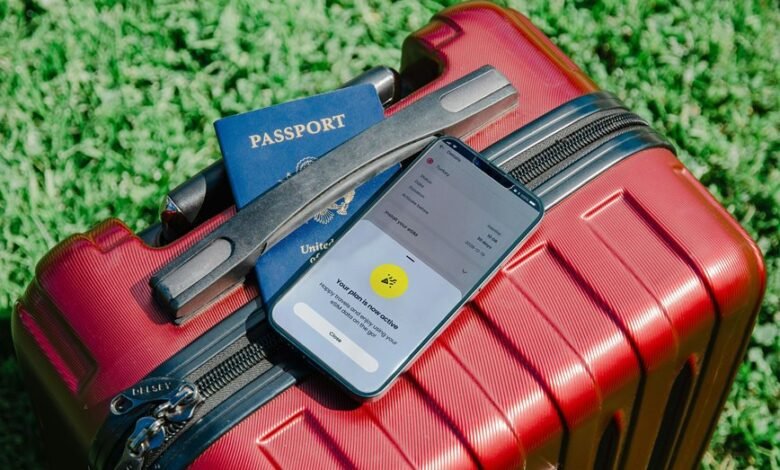213172204 – Connection Verification ID

The Connection Verification ID 213172204 plays a pivotal role in securing digital communications. It uniquely identifies parties involved, ensuring data integrity and preventing unauthorized access. This verification mechanism is essential in fostering trust among stakeholders. As cyber threats evolve, understanding how this ID functions and its implications becomes increasingly critical. What best practices can organizations adopt to effectively implement such a verification system? This question merits further exploration.
Understanding Connection Verification ID
The Connection Verification ID serves as a crucial element in digital communication, acting as a unique identifier that ensures the integrity and authenticity of connections between systems.
It plays a vital role in connection security, safeguarding against unauthorized access and data breaches.
The Functionality of 213172204
Functionality of the Connection Verification ID 213172204 encapsulates its role in ensuring secure interactions between digital entities.
This ID operates as a critical tool for connection verification, verifying identities and safeguarding data integrity.
Importance of Connection Verification in Digital Communications
Although digital communications have fundamentally transformed the way individuals and organizations interact, the importance of connection verification cannot be overstated.
It serves as a cornerstone for robust security protocols, ensuring that data integrity remains intact throughout transmission. By validating connections, stakeholders can mitigate risks associated with unauthorized access and data breaches, ultimately fostering a more secure and reliable communication environment that respects individual freedom.
Best Practices for Implementing Connection Verification ID
Implementing an effective connection verification ID system involves a series of best practices that enhance security and streamline communication processes.
Key security measures include robust user authentication protocols, such as multi-factor authentication and encryption techniques.
Regularly updating verification methods ensures adaptability against evolving threats, while user education fosters awareness.
Together, these practices create a resilient framework, empowering users while safeguarding sensitive information in digital interactions.
Conclusion
In conclusion, the Connection Verification ID 213172204 epitomizes the modern-day digital fortress, akin to the mythical walls of Troy, safeguarding vital communications against nefarious incursions. Its implementation not only fosters trust among digital stakeholders but also exemplifies the necessity for robust security measures in an increasingly perilous cyber landscape. As threats evolve, the resilience and adaptability of such verification protocols will remain paramount, ensuring that the sanctity of digital interactions is preserved for future generations.




